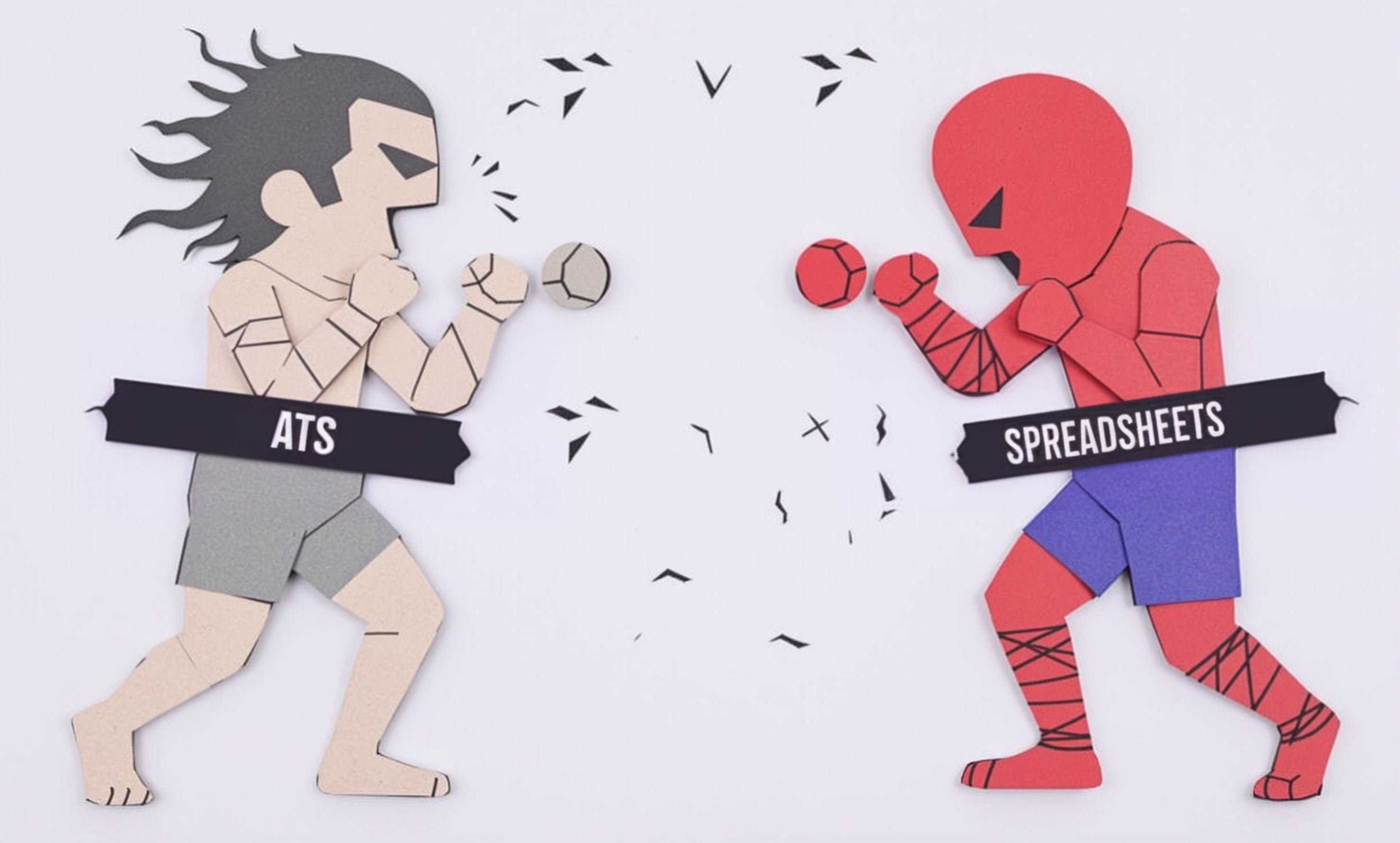
Spattering
Spattering is a painting technique commonly used in theater and film set design where paint is scattered or sprayed onto surfaces to create texture and depth. This method helps scenic artists create realistic-looking surfaces like stone, marble, weathered wood, or aged concrete. It's a fundamental skill in scenic painting that can be done with various tools including brushes, spray bottles, or even special spattering machines. When you see this term in a resume, it indicates that the artist knows how to create dimensional, textured surfaces that look realistic on stage or screen.
Examples in Resumes
Created aged stone effects using Spattering techniques for Broadway production backgrounds
Applied Spatter painting methods to create marble textures for film set walls
Trained junior artists in Spattering and Spatter painting techniques for theatrical backdrops
Typical job title: "Scenic Artists"
Also try searching for:
Where to Find Scenic Artists
Professional Organizations
Online Communities
Job Resources
Example Interview Questions
Senior Level Questions
Q: How would you plan and lead a large-scale spattering project for a Broadway show?
Expected Answer: A senior artist should discuss project management, team coordination, time estimation, material selection, and quality control processes. They should also mention teaching techniques to junior artists and ensuring consistency across large surfaces.
Q: What innovations have you introduced to traditional spattering techniques?
Expected Answer: Look for answers about developing new tools or methods, improving efficiency, solving unique texture challenges, and adapting techniques for different materials or conditions.
Mid Level Questions
Q: How do you achieve different textures using spattering techniques?
Expected Answer: Should explain various tools and methods used, how to control paint consistency, and demonstrate knowledge of layering colors to achieve specific effects.
Q: What safety precautions do you take when spattering?
Expected Answer: Should discuss proper ventilation, personal protective equipment, clean-up procedures, and protecting surrounding areas from overspray.
Junior Level Questions
Q: What basic tools do you use for spattering?
Expected Answer: Should be able to list and describe basic spattering tools like brushes, spray bottles, and toothbrushes, and explain their basic uses.
Q: How do you prepare a surface for spattering?
Expected Answer: Should describe basic surface preparation, including cleaning, priming, and base coat application.
Experience Level Indicators
Junior (0-2 years)
- Basic spattering techniques
- Surface preparation
- Color mixing
- Tool maintenance
Mid (2-5 years)
- Multiple texture creation
- Project timing estimation
- Advanced color theory
- Problem-solving techniques
Senior (5+ years)
- Team leadership
- Complex texture development
- Project management
- Training and mentoring
Red Flags to Watch For
- No knowledge of basic paint mixing and color theory
- Lack of safety awareness when using paints and tools
- No experience with large-scale productions
- Unable to describe different spattering techniques and their applications
Need more hiring wisdom? Check these out...

Refining Job Descriptions to Expand Applicant Pools: Casting a Wider Talent Net

Ghosted Again? How to Stop Candidates from Disappearing and Start Engaging Them Better

Why Your Hiring Spreadsheets Are Secretly Sabotaging Your Recruitment

